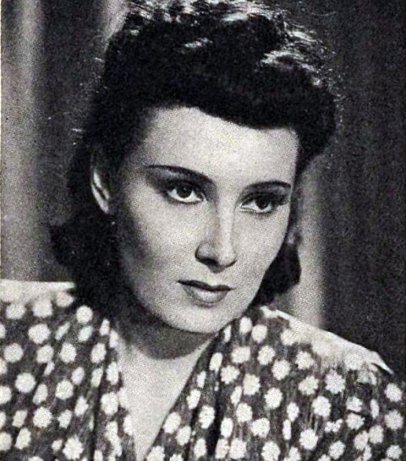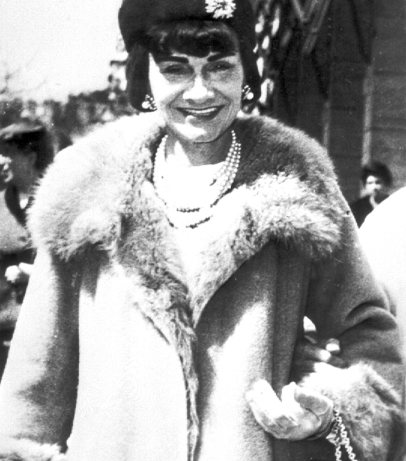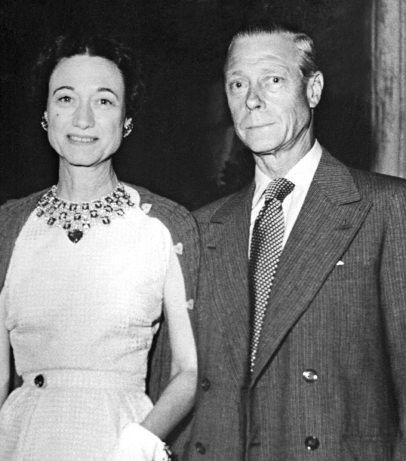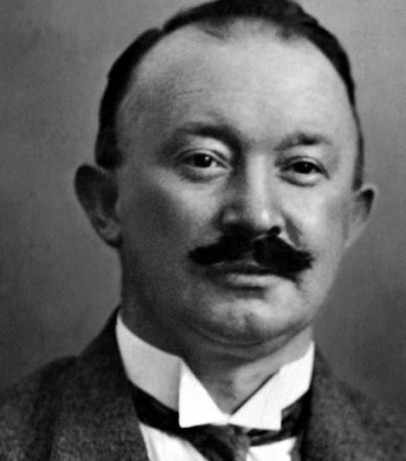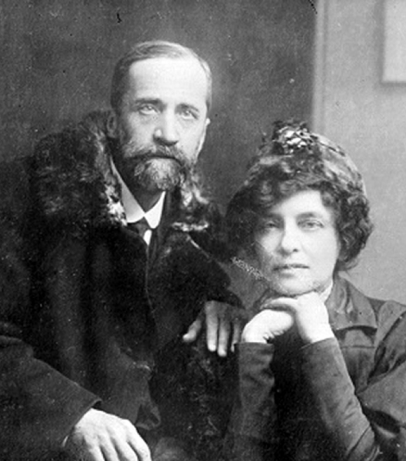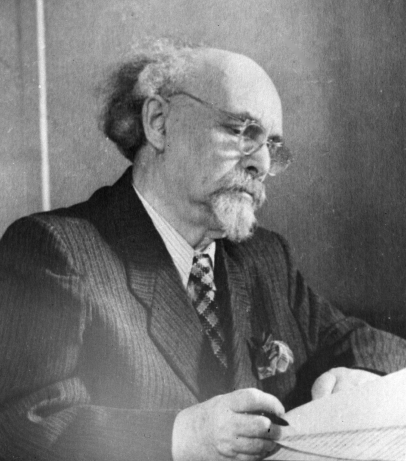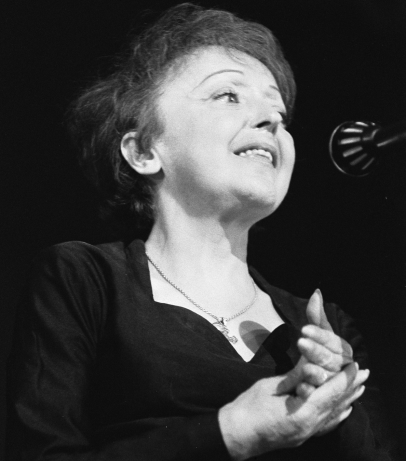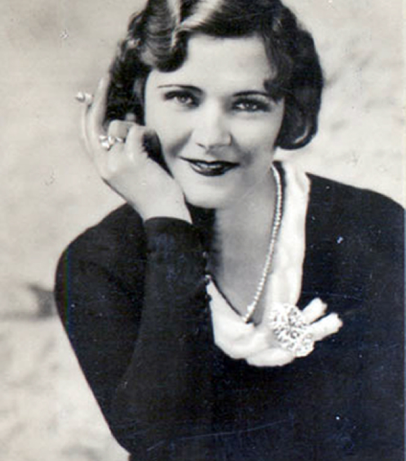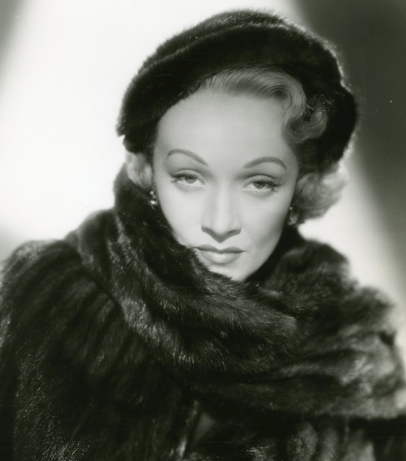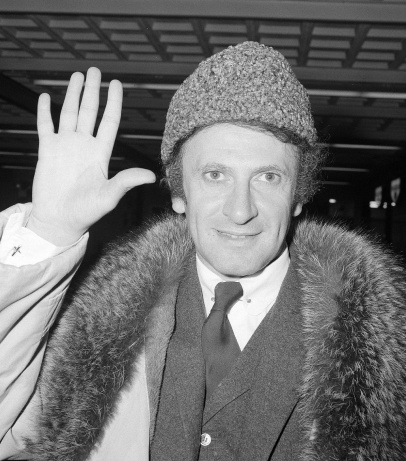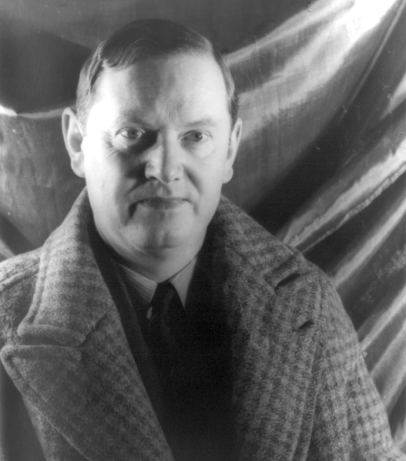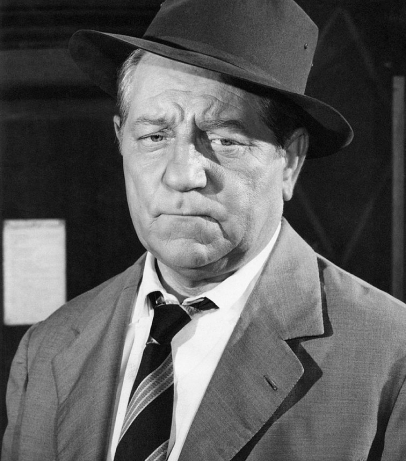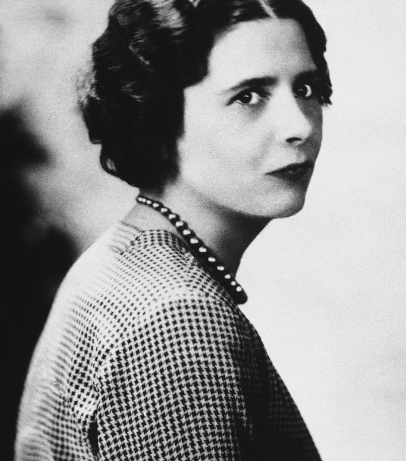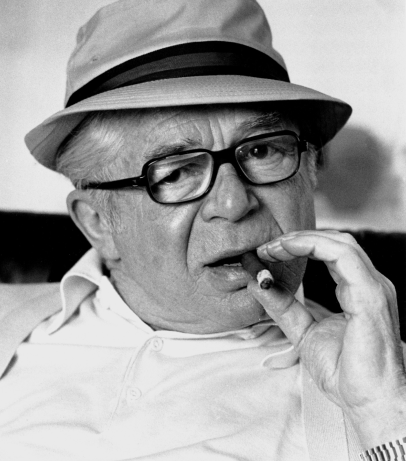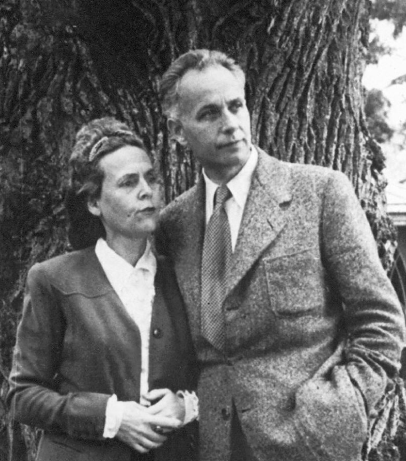On 29 August 1946, after the North Communist Party of Korea and the New People’s Party of Korea were merged, the Workers' Party of Korea was created.
The leader of the New People’s Party, Kim Tu-bong was elected as Chairman of the party. Chu Yong Ha and Kim Il-sung were elected as Vice Chairmen of the party. At the time of its creation, the party had about 366,000 members, organized in about 12,000 party cells.
The merger followed the pattern of left-wing parties in the SED (the Socialist Unity Party of Germany) in the Soviet occupation zone. The New Korean Party was a communist one, but from the very beginning there was a rift between its leaders, resulting in split into factions. The largest factions were intra-party associations of Korean communists born in Russia and the USSR, Korean emigrants from China, the Koreans who never left the country, and a so-called ‘guerrilla faction’ who had fought against the Japanese occupation and had to flee to the USSR. Their leader, Kim Il Sung, eliminated all his political opponents in a process of cleansing and violence. For example, Kim Tu-Bong, who obstructed the dictatorship of Kim Il Sung, disappeared without a trace in 1958. The regime created by Kim Il Sung remains one of the toughest totalitarian dictatorships of the twenty-first century.
Source: Andrei Lankov. "The Demise of Non-Communist Parties in North Korea (1945-1960)". Journal of Cold War Studies. 2001.







